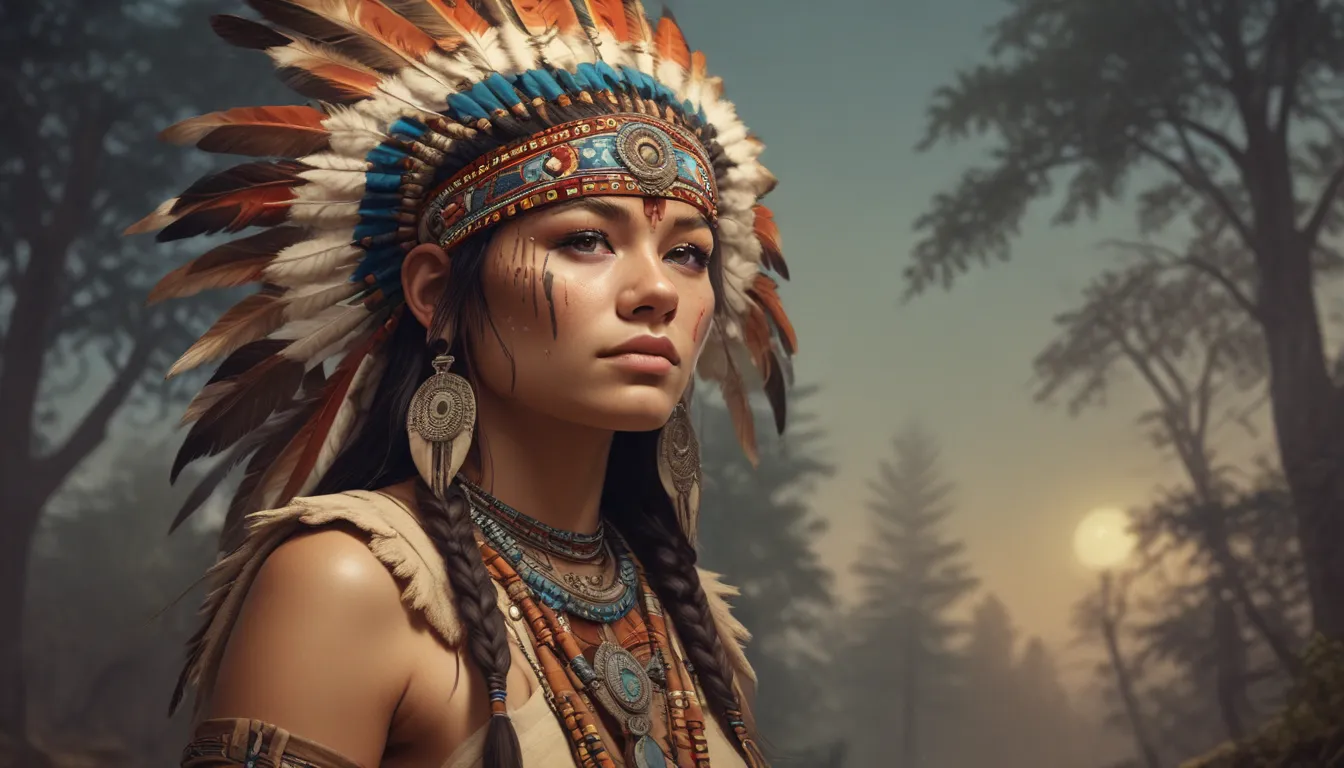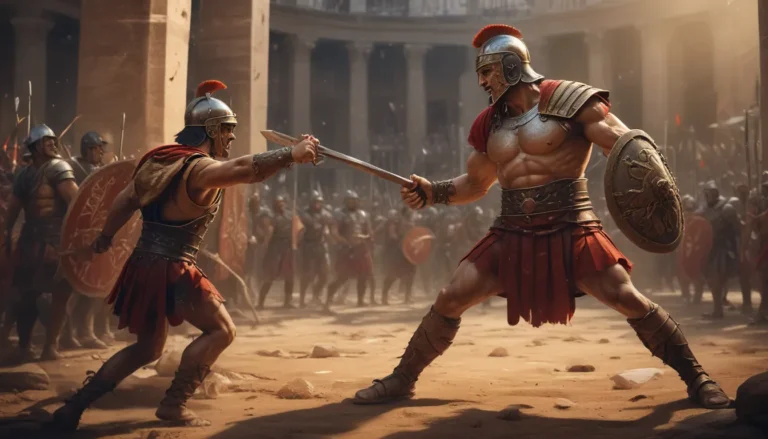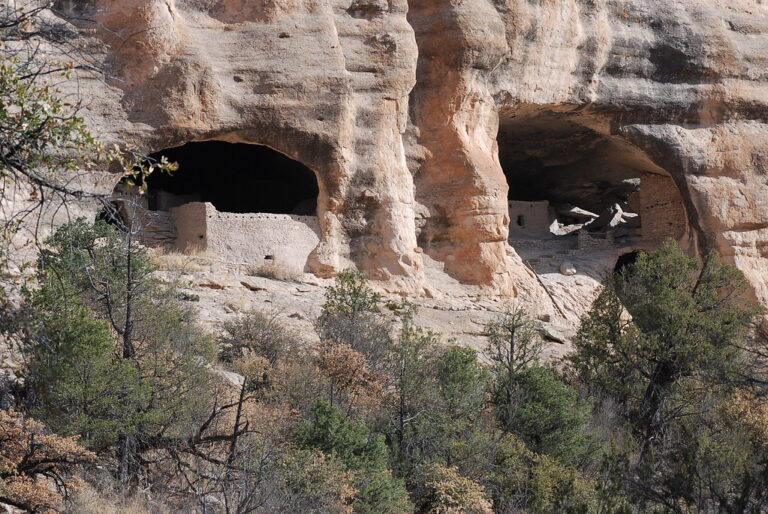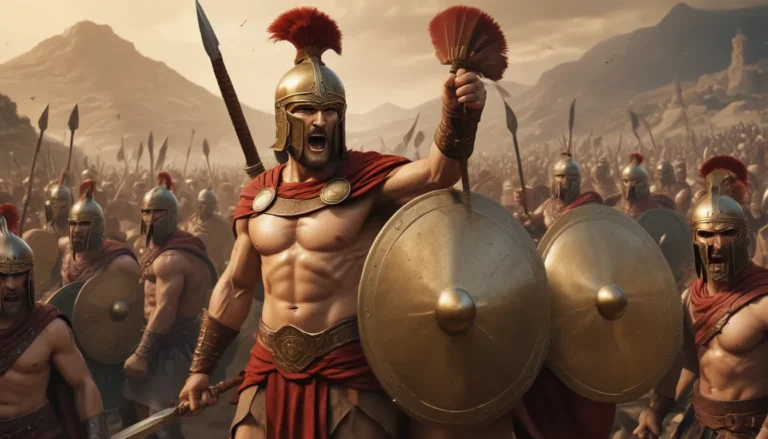The images in our articles may not match the content exactly. They are used to grab your attention, not to show the exact details in the text. The images complement the text but do not replace it.
Are you curious about the captivating history and culture of Native American tribes? Let’s delve into the world of the Pawnee Tribe, a group with a remarkable past that unfolds across the vast expanse of the Great Plains they once inhabited. Renowned for their sophisticated societal structures, profound spiritual beliefs, and astute astronomical knowledge, the Pawnee people offer us a glimpse into a bygone era that flourished long before urban landscapes dominated the horizon. Embark on a journey through time as we unveil 26 of the most captivating facts about the Pawnee Tribe that will surely leave you awestruck.
Understanding the Pawnee Tribe
The Pawnee Tribe, originally hailing from the Central Plains of North America, particularly Nebraska, boasts a rich heritage and culture that spans centuries. Revered for their adept farming practices and deep spiritual convictions, this tribe has significantly shaped the tapestry of Native American legacy.
Location and Lifestyle
Historically, the Pawnee people resided in what is now Nebraska and Kansas, thriving as expert agriculturalists. They cultivated crops like maize, beans, and squash, forming the cornerstone of their sustenance. Living in large, enduring earth lodges crafted from timber and covered with packed earth, the Pawnee constructed structures known for their resilience against the harsh Plains weather.
The Spiritual Beliefs of the Pawnee
Spirituality profoundly influenced the Pawnee culture, permeating their daily routines, agricultural techniques, and interactions with the natural world.
Star Worship: The Pawnee were ardent astronomers, closely monitoring the celestial movements of stars and planets. Believing the stars embodied deities and ancestors, they viewed them as guiding entities in both life and agriculture.
Ceremonies and Rituals: The Morning Star Ceremony was among their most sacred rituals, conducted to ensure soil fertility and tribe prosperity. This ceremony underscored their profound connection to the cosmos and the earth.
The Pawnee as Warriors and Traders
Despite their peaceful agrarian lifestyle, the Pawnee were also recognized as formidable warriors and active traders within the Plains region.
Alliances and Conflicts: Engaging in both conflicts with neighboring tribes and forged alliances for trade and mutual defense, the Pawnee strategically positioned themselves as vital figures in the Plains’ intricate trade networks.
Horses and Warfare: With the advent of horses introduced by European settlers, the Pawnee swiftly adapted to a more nomadic lifestyle, utilizing horses for hunting, warfare, and trade.
The Impact of European Contact
The arrival of European settlers and traders ushered in significant changes to the Pawnee way of life, ushering in a mix of challenges and transformations.
Disease and Population Decline: Like numerous Native American tribes, the Pawnee grappled with diseases brought by Europeans, leading to a drastic population decline due to the absence of immunity.
Land Loss and Forced Relocation: Across the 19th century, the Pawnee faced progressive displacement from their ancestral territories, culminating in their forced relocation to present-day Oklahoma.
The Pawnee Today
Enduring the tribulations of the past, the Pawnee Nation has tenaciously upheld their cultural heritage while actively contributing to wider American society.
Preservation of Culture: The Pawnee Nation diligently strives to safeguard their language, traditions, and rituals through cultural events, powwows, and educational initiatives to ensure their heritage endures for future generations.
Contribution to Modern Society: Members of the Pawnee tribe have made significant contributions to various sectors, ranging from military service to artistic endeavors and governmental participation, epitomizing the resilience and adaptability of their people.
Recognition and Rights: In recent years, there has been a burgeoning acknowledgment of the historical injustices faced by the Pawnee and other Native American tribes. Initiatives are underway to restore some of their rights and lands, recognizing their pivotal role in the nation’s narrative.
Educational Initiatives: Establishing educational programs and scholarships, the Pawnee Nation prioritizes supporting their youth, ensuring they have avenues for success while remaining firmly rooted in their cultural heritage.
Environmental Stewardship: Exemplifying their ancestral reverence for the land, the Pawnee actively engage in environmental conservation efforts, advocating for sustainable practices and natural resource preservation.
Cultural Exchange: The Pawnee Nation participates in cultural exchange programs with diverse tribes and communities, fostering unity, mutual respect, and the exchange of traditions.
Economic Development: Undertaking various economic ventures, including tourism, agriculture, and business enterprises, the Pawnee strive to balance modernity with tradition for the community’s prosperity.
Legal Battles for Sovereignty: The Pawnee Nation advocates for their sovereignty and self-governance, challenging policies that imperil their autonomy and cultural legacy.
Revitalization of Language: Implementing initiatives to revive the Pawnee language, teaching it to younger generations and integrating it into daily life to ensure its preservation.
Archaeological Preservation: Actively involved in archaeological projects, the tribe works to recover and conserve artifacts from their predecessors, shedding light on their heritage and way of life.
Healthcare Initiatives: Recognizing the importance of health and well-being, the Pawnee Nation has developed healthcare programs tailored to meet the community’s physical and mental health needs.
Cultural Festivals: Annual cultural festivals and powwows serve as vibrant celebrations of Pawnee culture, drawing participants and spectators from near and far to rejoice in their enduring spirit and heritage.
Educational Partnerships: Collaborating with educational institutions, the Pawnee Nation helps develop curricula that accurately represent their culture and history, dispelling misconceptions and promoting understanding.
Veterans’ Honor: Paying tribute to their veterans, the Pawnee hold ceremonies and memorials to honor those who have served in the military, acknowledging their courage and sacrifices.
Artistic Contributions: Pawnee artists, spanning traditional crafts, music, and contemporary mediums, significantly influence the cultural landscape, imparting their perspectives and enriching the arts.
Community Support Systems: Robust community support systems within the Pawnee Nation ensure that members facing adversities receive aid, embodying the tribe’s values of kinship and mutual assistance.
Youth Engagement: Programs aimed at engaging Pawnee youth in cultural, educational, and leadership activities cultivate a strong sense of identity and purpose among the younger generation.
International Recognition: Earned for their endeavors in cultural preservation, environmental advocacy, and artistic contributions, the Pawnee Nation and its members garner international accolades, underscoring the global relevance of their enduring legacy.
A Glimpse into Pawnee Legacy
Delving into the rich tapestry of the Pawnee tribe unveils a culture steeped in tradition, resilience, and innovation. From their profound star knowledge to their pivotal role as scouts in American history, the Pawnee people embody a deep-rooted connection to the land and cosmos. Their agricultural practices and spiritual beliefs offer insights into a way of life that, though tested, remains vibrant and influential today. Beyond merely looking backward, understanding the Pawnee entails acknowledging the ongoing contributions of Native American cultures to our collective history. As we journeyed through these 26 captivating facts about the Pawnee, it is evident that they are not relics of the past but contemporary guides in sustainability, community, and reverence for the environment. Their legacy, brimming with wisdom, continues to inspire and steer us toward a more inclusive and respectful coexistence with our world.
Frequently Asked Questions
Q: What was the Pawnee Tribe known for?
A: The Pawnee people were renowned for their agricultural prowess, expert horsemanship, and elaborate ceremonial practices. They cultivated staple crops, excelled in bison hunting, and showcased intricate religious rituals.
Q: How did the Pawnee Tribe interact with European settlers?
A: Initially engaging in trade, interactions between Pawnee tribes and European settlers gradually escalated to conflicts as settlers encroached further into Pawnee territories. Despite tensions, some Pawnee individuals served as scouts for the U.S. Army, aiding in communication and navigation.
Q: What are some unique aspects of Pawnee culture?
A: One standout feature is their profound knowledge of the stars. The Pawnee possessed a deep understanding of celestial bodies, which influenced their religious ceremonies and agricultural practices. Their lodges were meticulously aligned with specific celestial bodies, reflecting their profound connection to the stars.
Q: Can you elaborate on the Pawnee’s religious beliefs?
A: Rooted in nature, their religious system featured a pantheon of deities embodying elements like the stars, earth, and water. The Morning Star and Evening Star held particular significance in Pawnee mythology, symbolizing creation and the cycle of life.
Q: How did the Pawnee Tribe fare over time?
A: Across the 19th century, the Pawnee confronted land loss, forced relocations, and dwindling population due to disease and conflicts. Many were resettled in reservations in Oklahoma, where the Pawnee Nation of Oklahoma now upholds their heritage and traditions.
Q: How is the Pawnee language being preserved?
A: Revitalization efforts encompass educational programs, language classes, and the creation of language materials to keep the Pawnee language thriving among younger generations for ceremonial and daily use.
Q: What role did bison play in Pawnee culture?
A: Bison held paramount importance in Pawnee life, serving as a vital source of sustenance, clothing, and tools. Symbolizing spiritual significance, bison featured prominently in rituals and narratives. Present-day initiatives to reintroduce bison reflect a desire to reconnect with this integral aspect of their heritage.
Q: Are there any Pawnee traditions still practiced today?
A: Numerous traditions endure, such as the Pawnee Indian Veterans Homecoming, an event honoring military service, and the Pawnee Seed Preservation Project, which revitalizes ancient agricultural practices. These ongoing ceremonies and rituals uphold Pawnee culture, keeping it vibrant and relevant.






